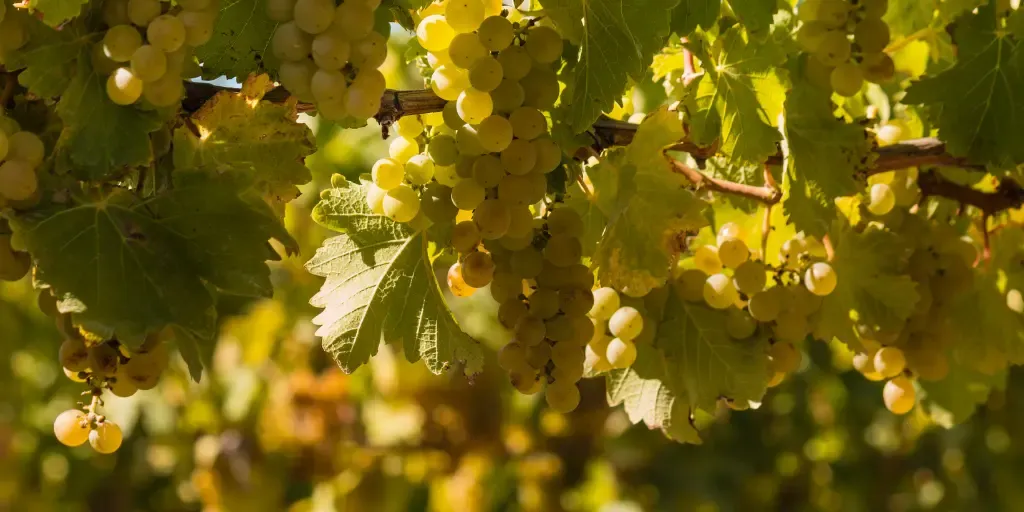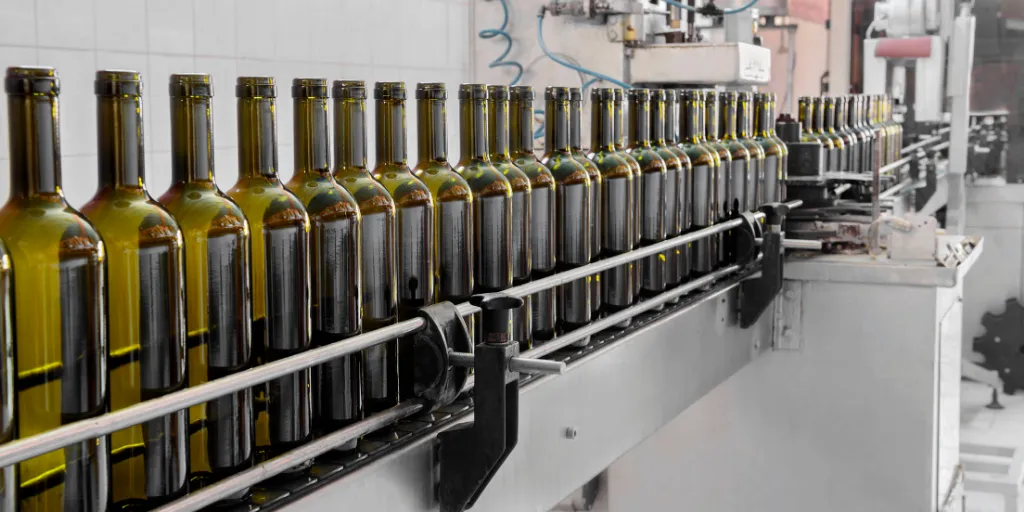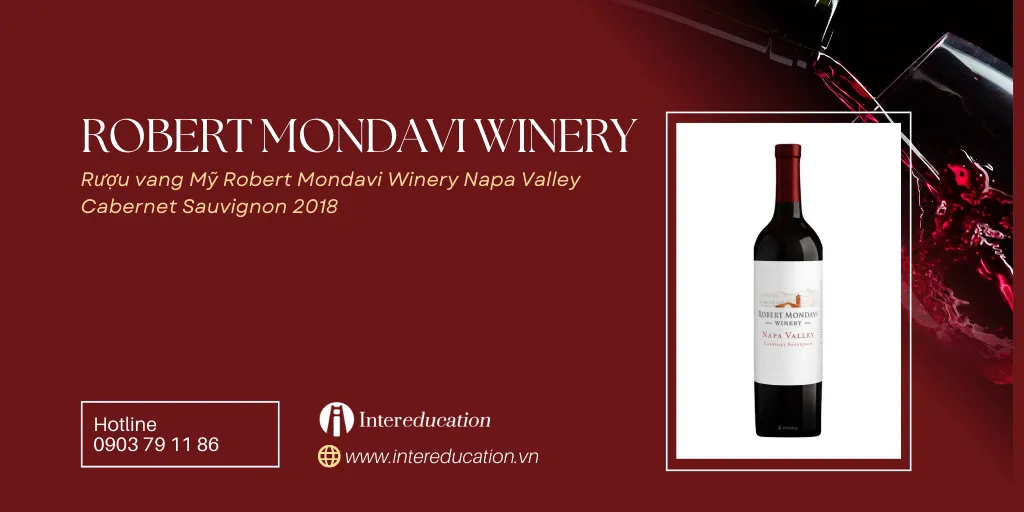Napa Valley, California’s wine “sanctuary,” is more than just endless vineyards basking under the radiant sun. It’s a world of distinctive culture, where the art of viticulture and winemaking reaches its pinnacle. Are you ready to uncover the secrets behind the captivating flavors of Napa Valley wines?
The History of Napa Valley Wine: Formation and Development
To deeply understand Napa Valley’s wine culture, we need to journey back in time, exploring the significant milestones in the formation and development of this industry.
Humble Beginnings
- 19th Century: Pioneers laid the foundation for grape growing and wine production in Napa Valley. They brought grape varieties from Europe and began experimenting on the new land.
- 1860s: Charles Krug established the first commercial winery in Napa Valley, marking the beginning of the wine industry’s development.
Periods of Ups and Downs
- Late 19th Century: The Phylloxera epidemic devastated European vineyards, creating an opportunity for Napa Valley to rise and become an alternative wine supplier.
- Prohibition Era (1920-1933): Alcohol prohibition in the United States severely impacted the Napa Valley wine industry. Many wineries had to close or switch to producing other products.
Renaissance and Boom
- 1960s: A generation of passionate winemakers, like Robert Mondavi, breathed new life into Napa Valley. They adopted modern production techniques and focused on product quality.
- The 1976 “Judgment of Paris”: Napa Valley wines surprisingly triumphed over renowned French wines, solidifying their position on the global wine map.
Napa Valley Today
- Napa Valley is one of the world’s leading grape growing and wine-producing regions, attracting millions of visitors each year.
- It is renowned for red wines like Cabernet Sauvignon, Merlot, and white wines such as Chardonnay and Sauvignon Blanc.

Grape Varietals That Define Napa Valley’s Reputation
Napa Valley boasts ideal natural conditions for cultivating various grape varietals, each offering unique flavors and characteristics.
Cabernet Sauvignon
- Characteristics: Napa Valley’s most famous red grape, producing full-bodied, complex wines with flavors of blackcurrant, cedar, and vanilla.
- Growing Region: Suitable for the warm, dry climate in the northern part of Napa Valley.
- Food Pairing: Perfect with grilled red meats, lamb, and mature cheeses.
Chardonnay
- Characteristics: A popular white grape, creating elegant and diverse white wines with flavors of green apple, pear, butter, and vanilla.
- Growing Region: Thrives in the cooler climate regions of southern Napa Valley.
- Food Pairing: Excellent with seafood, poultry, and creamy salads.
Merlot
- Characteristics: A soft, easy-drinking red grape, producing red wines with flavors of plum, black cherry, and chocolate.
- Growing Region: Adaptable to various soil types and climates in Napa Valley.
- Food Pairing: Pairs well with grilled meats, pizza, and pasta.
Pinot Noir
- Characteristics: A delicate, challenging red grape to grow, producing red wines with flavors of red cherry, strawberry, and truffle.
- Growing Region: Prefers the cool, foggy climate of Carneros in southern Napa Valley.
- Food Pairing: Ideal with salmon, duck, and mushroom dishes.
Sauvignon Blanc
- Characteristics: A fresh white grape, producing white wines with flavors of green grass, grapefruit, and passion fruit.
- Growing Region: Thrives in the cool, windy climate regions of Napa Valley.
- Food Pairing: Wonderful with fresh seafood, salads, and Asian cuisine.

Exploring the Napa Valley Wine Production Process
The wine production process in Napa Valley is a blend of tradition and modern technology, from grape growing to bottling, each step meticulously and carefully executed.
Grape Growing and Harvesting
- Grape Selection: Winemakers choose grape varietals suitable for the soil and climate conditions of each area.
- Vineyard Care: Vineyards are meticulously cared for, including watering, fertilizing, pruning, and pest control.
- Grape Harvesting: Grapes are harvested at their peak ripeness, usually in the fall, when they reach ideal sugar and acidity levels.
Fermentation and Aging
- Grape Crushing: Grapes are crushed to extract juice, also known as “must.”
- Fermentation: Yeast is added to the “must” to convert sugar into alcohol. Fermentation can occur in stainless steel tanks or oak barrels.
- Wine Aging: Wine is aged in oak barrels for a specific period, ranging from a few months to several years, to develop flavor and structure.
Bottling and Finishing
- Wine Filtering: Wine is filtered to remove sediment and impurities.
- Bottling: Wine is bottled in glass bottles and labeled.
- Bottle Aging: Some wines continue to age in bottles for a period to reach optimal maturity.

The Culture of Wine Appreciation in Napa Valley
Wine appreciation in Napa Valley is not just about drinking; it’s an art, a lifestyle.
How to Appreciate Wine
- Choose the Right Wine Glass: Use wine glasses shaped appropriately for each type of wine to best experience the aroma and flavor.
- Serving Temperature: Serve wine at the proper temperature to highlight its flavors.
- Observe, Smell, and Taste: Observe the color, smell the aroma, and taste the flavor of the wine to appreciate its complexity and subtlety.
- Food Pairing: Choose appropriate food pairings to complement the wine, creating harmony and balance.
Wine Events and Festivals
- Napa Valley Film Festival: A film festival combined with wine and culinary events.
- BottleRock Napa Valley: A music and culinary festival featuring many local wineries.
- Auction Napa Valley: The world’s largest charity wine auction.
Wine Tours
- Winery Visits: Explore the wine production process, taste different wines, and learn about Napa Valley’s history and culture.
- Wine Classes: Enhance your wine knowledge, learn how to taste, and explore food pairings.
- Cycling or Walking Through Vineyards: Enjoy the beautiful natural scenery and fresh air of Napa Valley.

Must-Visit Destinations When Exploring Napa Valley
Napa Valley has countless fascinating places to explore, from famous wineries to luxurious restaurants and stunning natural landscapes.
Famous Wineries
- Robert Mondavi Winery: One of Napa Valley’s iconic wineries, renowned for its unique architecture and high-quality wines.
- Domaine Carneros: A winery specializing in sparkling wine production, featuring French chateau-style architecture.
- Castello di Amorosa: A medieval Italian castle, producing traditional Italian wines.
Top Restaurants and Eateries
- The French Laundry: A world-renowned three-Michelin-star restaurant, serving innovative and refined French cuisine.
- Bottega Napa Valley: A popular Italian restaurant known for its fresh pasta and wood-fired pizzas.
- Gott’s Roadside: A casual eatery serving delicious burgers, fries, and milkshakes.
Other Activities and Experiences
- Hot Air Balloon Ride: Admire panoramic views of Napa Valley from above.
- Napa Valley Wine Train: Enjoy wine and scenery on a classic train journey.
- Napa Valley Museum Yountville: Learn about Napa Valley’s history and culture.

Napa Valley – More Than Just a Wine Region
Napa Valley is not just a famous wine-producing region; it’s also an attractive tourist destination with beautiful natural landscapes, rich cuisine, and unique culture. Come and explore the fascinating things Napa Valley offers; you won’t be disappointed!
Plan your trip today and discover the secrets hidden in every drop of Napa Valley wine!